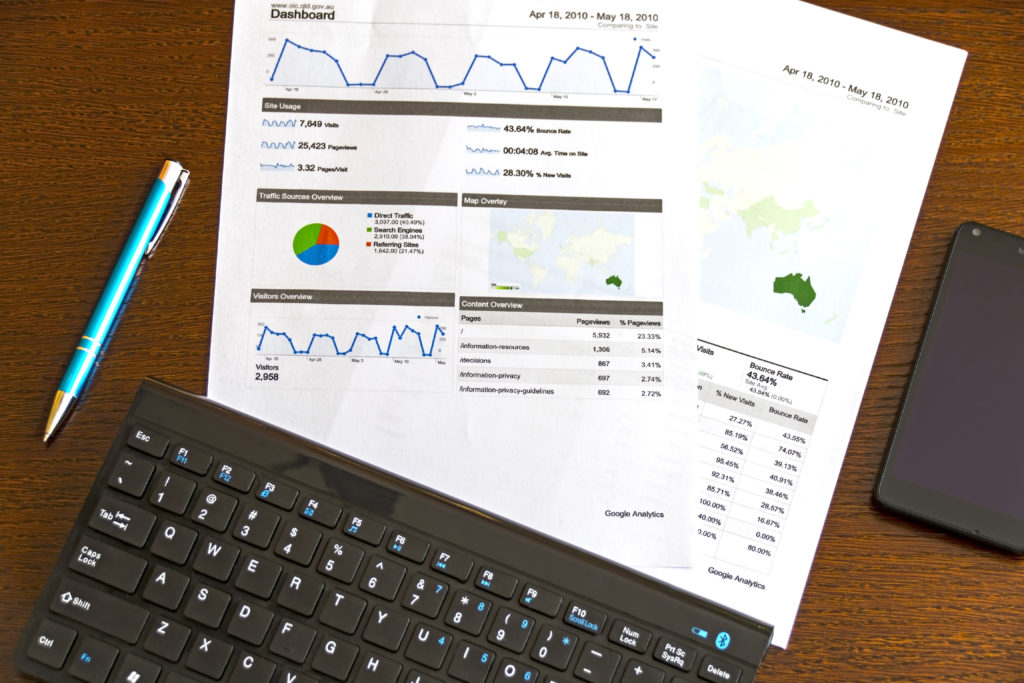First published: August 6, 2021 @ 6:00 pm
Many business analysts spend the bulk of their time analyzing data, creating reports and operationalizing their findings. While this is necessary for many business situations, the time spent on these tasks can often be avoided by using some sort of Automation Tool.
RPA (Robotic Process Automation) is a software bot which allow a human to work through a series of tasks, but instead of actually doing the work, an automated program would be given the instructions.
If your company has dynamic business processes which need to be adapted to market needs or changes in technology or business rules, RPA can provide valuable assistance.
This article will discuss the importance of using RPA for small business owners and entrepreneurs, as well as the tips on how to build your own.
The Importance of Automation
In the past, companies would have to purchase a piece of expensive software or hire a large team to create workflows that could be automated. While not entirely ‘routine’ in nature, these types of tasks are still repetitive and an excellent candidate for Robotic Process Automation.
If a company had to hire someone to make sure all the bills were paid on time, they might as well automate their repetitive tasks and save money. This is because the amount of work involved in keeping track of bills gets more complicated with each year that passes.

This is just one example; there are many similar situations in which an automated process can free up resources so that they can be reallocated elsewhere.
Automation technology can improve productivity by saving time and money. It will also save time for staff members who may be spending too much time researching and trying to keep up with changes in their company’s business process management.
For small business owners and entrepreneurs, automation can be a small but significant benefit.
The Benefits of Using RPA
There are many benefits to using RPA for small business owners and entrepreneurs. Let’s take a look at some benefits which may be applicable to you.
1. Time Saving
Automation is a great way to save time, which can be put towards other less repetitive tasks. There are many small businesses out there which are struggling because their owners don’t have enough time; RPA can be used to help alleviate this by freeing up time for someone else.
Many small business owners don’t realize that they could save themselves a lot of time with RPA and may not even realize how much they could save.
2. Cost Savings
Businesses often spend money on staff members who simply waste their own money on things that should be automated; for example, sending out invoices for clients can cost a lot of money over the course of the year as more and more are sent out to clients in need of them.
These expenses can be cut back by implementing RPA into your business processes. By automating your invoicing tasks, you will save yourself money because you won’t need to have invoices printed and mailed for each client that comes through your door.
You will simply input new information into your system and let RPA handle the rest.
3. Helping Small Businesses Grow
Many small businesses struggle due to lack of growth; after all, there are so many things pulling in different directions that it can be difficult to make a good profit. Many small business owners don’t realize that they can improve their situation and grow their businesses by using RPA.
By automating your process, you will streamline the process and improve efficiency; this means you will have more time for growth-oriented tasks like marketing and sales, which can lead to greater success for your company.

4. Human Resources
Automation can also provide a benefit to the human resources department of a small business. Because RPA is so easy to use, your staff will remain busy with other tasks and you won’t need to worry about how many hours they spend on invoicing tasks.
With fewer hours spent doing these tasks, your staff will have more time for other important work that they may be doing for you anyway.
5. Helping with Manufacturing
For some companies, RPA can be used to help with manufacturing. By automating manufacturing processes, you can ensure that there are no mistakes made and that all parts arrive at the assembly line in the right order.
This can save money by reducing the amount of mistakes which are made by workers at your company; you will also save money by not having to pay employees overtime when work is completed late or incompletely because of these mistakes.
A Simple Example
To demonstrate the benefits of RPA, let’s take a look at an example of how it can be used. In the past, a small business owner may have used manual processes to send out invoices for each business users.
After a while, this invoice processing task becomes extremely time intensive. All the invoices would have to be sent out one by one and any related paperwork would need to be manually entered into the system or manually faxed.
This was tedious work which required workers to spend a lot of time on tasks that could easily be automated. Now that automation has been implemented, the owner can use RPA to send out invoices for his business users without needing to spend any more time on them.
When he comes across a new client, he will simply enter their details into his system and let RPA take care of sending out invoices for them without any input from him whatsoever.
Automation makes this process much simpler and provides an effective solution for problems which stem from their repetitive nature.
Tips on How to Build Your Own RPA
Now that we’ve discussed what RPA is and some benefits which may be applicable to you, let’s take a look at some tips on how to build your own RPA system!
Much of this advice may also apply if you are looking into outsourcing work, but there is a distinct difference between hiring someone to do the work and letting a program do it for you.
There are three things which should be considered when building an automated system for your business: What data needs to be inputted into the system? What operations need to take place? How much time does it take to complete each task?
1. Set Rules
The first step is to decide when and how your system should be used. If you simply want it to run every time you log in, then all your RPA needs to do is log in and run the tasks which you have configured for it.
However, if you want to see all the tasks which are being performed by RPA, then you will need to set up some sort of trigger which would let it know that a task has been completed.
You can do this by setting up an email which would notify RPA that a task was completed or by setting up a program which would tell RPA whether some other task had finished successfully or not.
2. Input Data
Once you have decided what needs to be done and when, it’s time to input the data into RPA. Your system should contain a database which contains the data which will be used by RPA.
This could be as simple as inputting each name of business users in one field and their invoice amount in another. With this information, RPA can run through all of your business users’ invoices without having to spend any time inputting them.
However, if your business is more complex than this, you may use an automation tool such as Microsoft Access or SQL Server which would allow you to import modules into the system for different tasks.
This would allow you to create modules for different processes and use RPA to perform those tasks. This could include modules for processing invoices, sending out reports or even making sure that certain records are up-to-date within the system.
3. Create Tasks
Once you’ve set up your rules and inputted the data, it’s time to create tasks for RPA to complete. These will be used by RPA when it needs to perform some sort of task or action.
These tasks can include things like automatically updating information into Salesforce, sending out invoices for your business users or even sending out mass emails from your company’s email account to all of your business users at once! You can write these tasks using any programming language that you like.

It’s important to keep in mind that these tasks should be as simple as possible; after all, the more complicated your routine is, the more chance there is for error. Instead of creating a task which says ‘print all invoices’, you could create a task which reads ‘print all invoices and email them to client’.
This will allow you to create a program which can complete a lot more tasks than if it was written in just a single line.
4. Test Your System
It’s also important that you test your system before giving it out to your clients and business users. There are a few things which you should test before you do this.
One of the first issues which you will need to address is how quickly RPA can run through your data. If your system is taking too long to complete a task, then it’s likely that it will be frustrating for your clients and business users.
They will expect RPA to run as quickly as possible, and if it takes too long, there are risks of customer dissatisfaction, and they may choose to switch their services or businesses to another vendor!
5. Integration with Other Programs
When integrating RPA into your company’s other systems, there are some special considerations which you should be aware of.
For instance, if RPA needs information from any other programs within your business (such as Microsoft Word or Adobe Acrobat), then this information should be inputted into the program which you’re using for RPA’s other tasks.
This way, the information at hand will always remain consistent and the entire process will run more smoothly.
Building your own Robotic Process Automation is no longer difficult! With WorkDeputy, you can find the most suitable automation software for your business operation.





